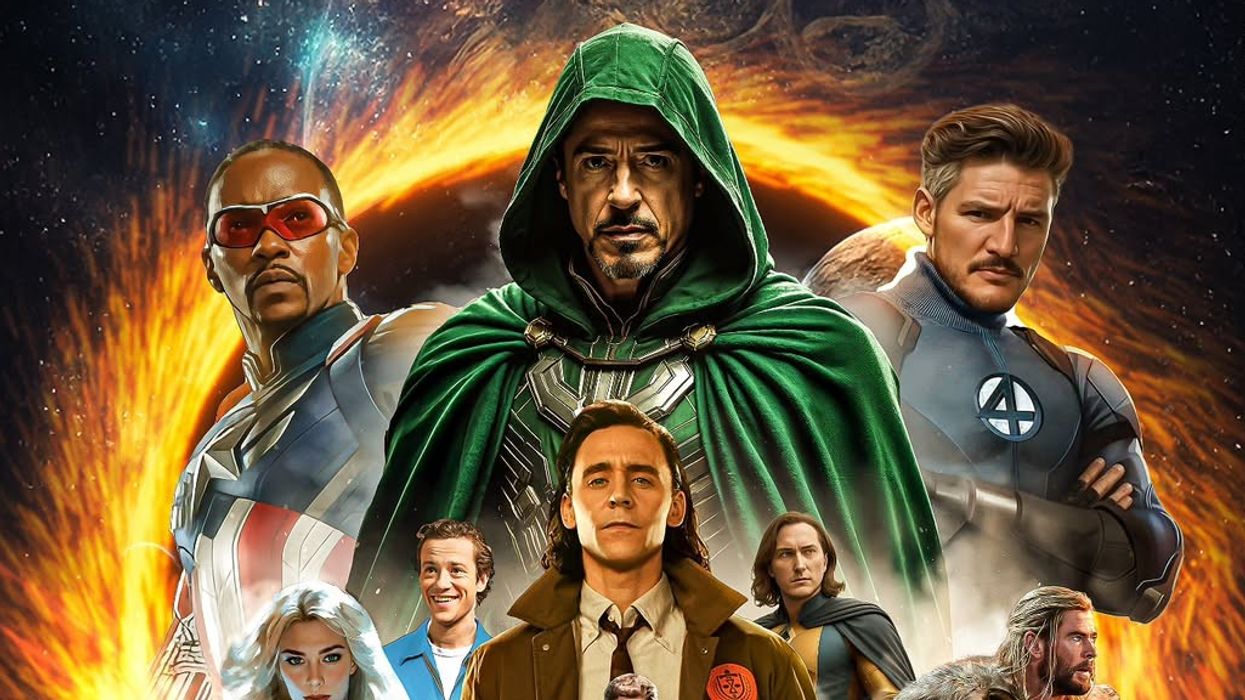Highlights
- President Donald Trump has been diagnosed with chronic venous insufficiency (CVI), a vascular condition affecting blood flow in the legs
- CVI occurs when leg veins struggle to return blood to the heart, often leading to swelling and discomfort
- The condition was confirmed following visible leg swelling and bruising
- Though not life-threatening, CVI can worsen without treatment
- Trump’s case has sparked public interest in the risks and management of the condition
Trump diagnosed with common but chronic vein condition
President Donald Trump has been diagnosed with chronic venous insufficiency, a condition that affects the proper circulation of blood in the legs. The announcement followed public speculation after Trump was seen with visible swelling in his lower legs and bruising on his hand during recent public appearances.
According to a statement from White House medical staff, tests ruled out more serious cardiovascular conditions. Trump, 79, remains under regular observation, with the condition described as benign and manageable.
What is chronic venous insufficiency?
Chronic venous insufficiency (CVI) is a long-term circulatory disorder in which the veins in the legs fail to efficiently pump blood back to the heart. This is typically caused by weakened or damaged valves inside the veins, leading to blood pooling or flowing backwards—a condition known as venous reflux.
Unlike a sudden or acute event such as a blood clot, CVI develops slowly over time, often unnoticed in its early stages.
What are the symptoms?
Symptoms can range from mild to more serious, and commonly include:
- Swelling in the legs or ankles
- Aching, cramping, or heaviness in the lower limbs
- Visible varicose veins
- Skin thickening or discolouration, especially near the ankles
- In more advanced cases, ulcers or open sores
The symptoms often worsen after long periods of standing or sitting, and may ease with movement or leg elevation.
Who is at risk?
CVI is more common among:
- Individuals aged 50 and above
- People with a history of deep vein thrombosis (DVT)
- Those who are overweight or sedentary
- Individuals with high blood pressure
- Pregnant women and those with a family history of venous disease
Age is a major risk factor, particularly for individuals in their 70s and beyond. Trump’s diagnosis falls within this common demographic.
How is it diagnosed and treated?
Diagnosis typically involves a clinical examination, followed by imaging tests such as duplex ultrasound to assess blood flow and valve function in the leg veins.
Treatment aims to relieve symptoms, prevent complications, and improve quality of life. Options include:
- Compression stockings to improve circulation
- Lifestyle modifications such as exercise, leg elevation, and weight management
- Medications to reduce inflammation or thin the blood if needed
- Minimally invasive procedures, such as laser therapy or sclerotherapy, for more severe cases
Trump’s condition is reportedly being managed conservatively, with no indication of surgical intervention at this time.
Why does it matter?
Although not life-threatening, CVI can affect comfort and mobility, especially in older adults. In Trump’s case, the diagnosis has prompted a wave of public attention, highlighting the pressures of health scrutiny for leaders in high office.
The condition itself is common and treatable, but left unmanaged, it can lead to chronic swelling, discomfort, and skin complications. Trump’s medical team has confirmed that his overall health remains stable, with regular monitoring in place.


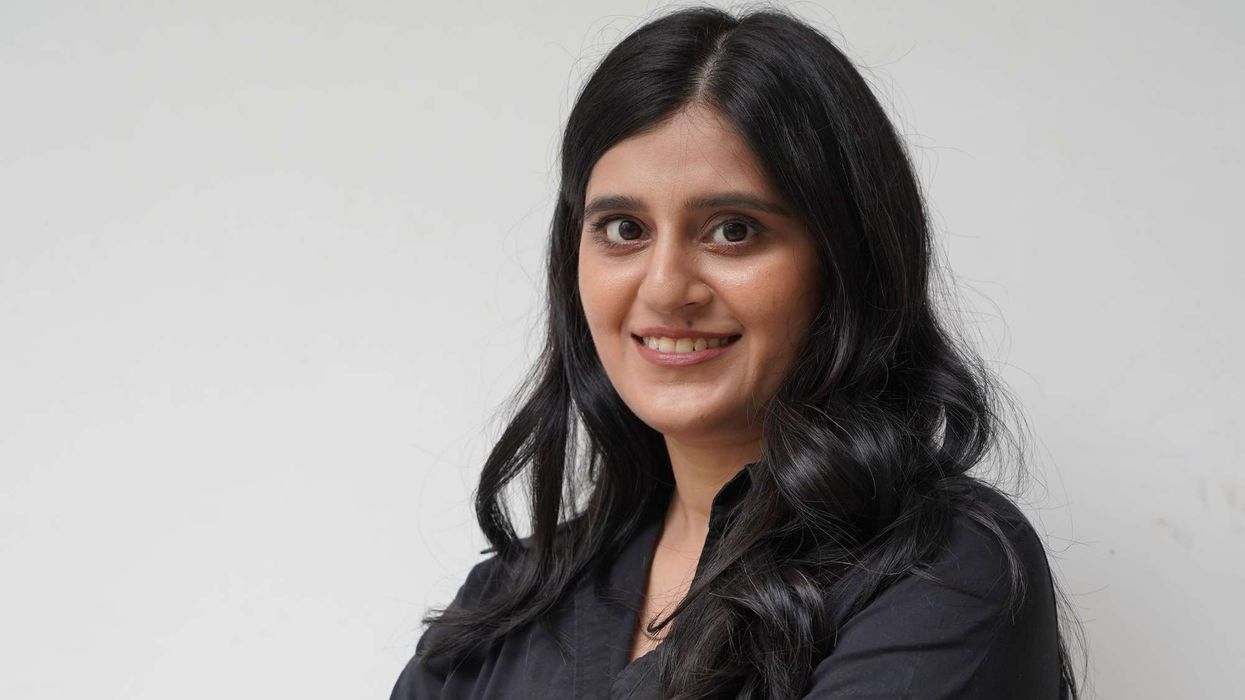




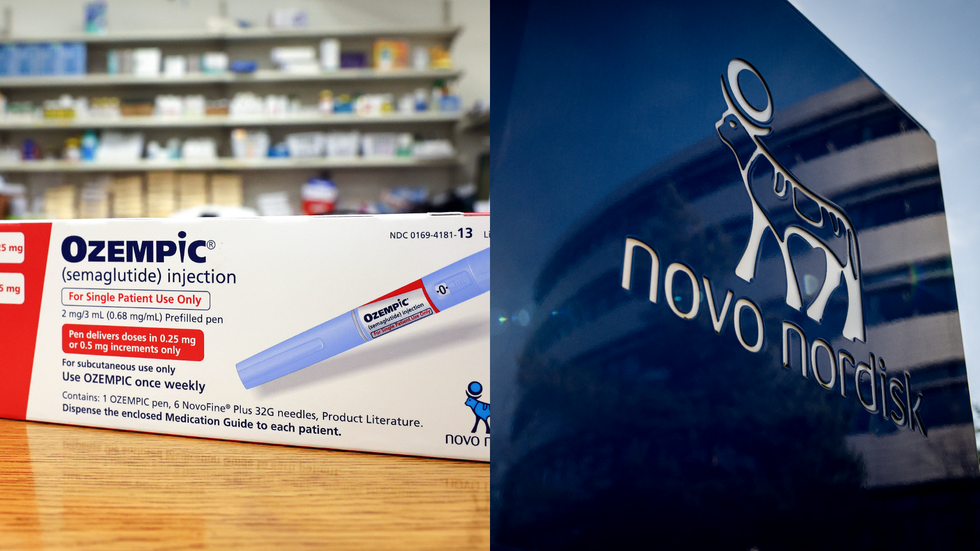 Novo Nordisk launches Ozempic in India as diabetes cases climb Getty Images
Novo Nordisk launches Ozempic in India as diabetes cases climb Getty Images 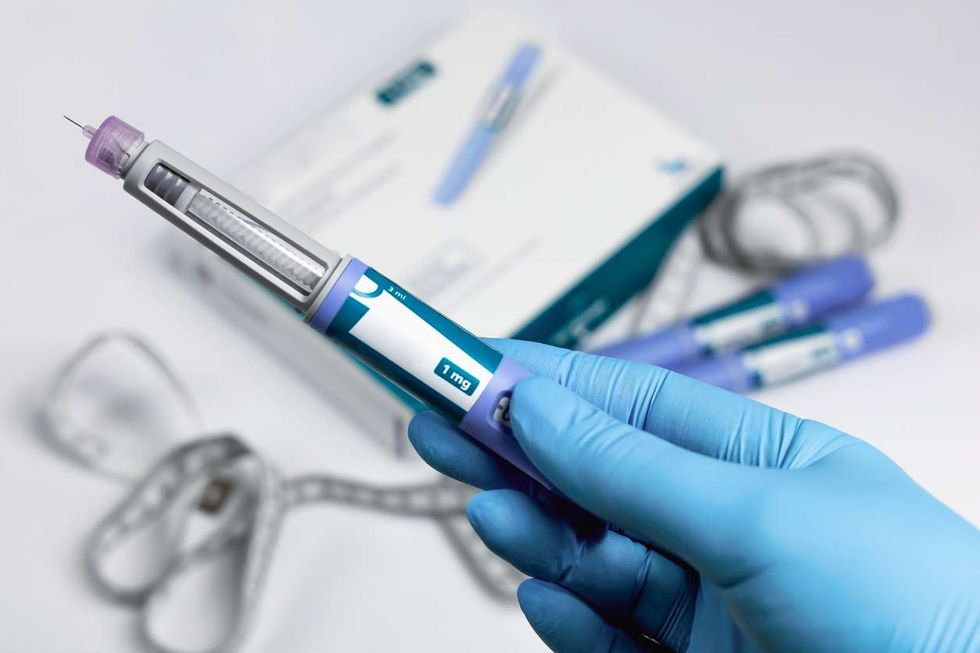 Ozempic weekly pens now available in India for type 2 diabetesiStock
Ozempic weekly pens now available in India for type 2 diabetesiStock 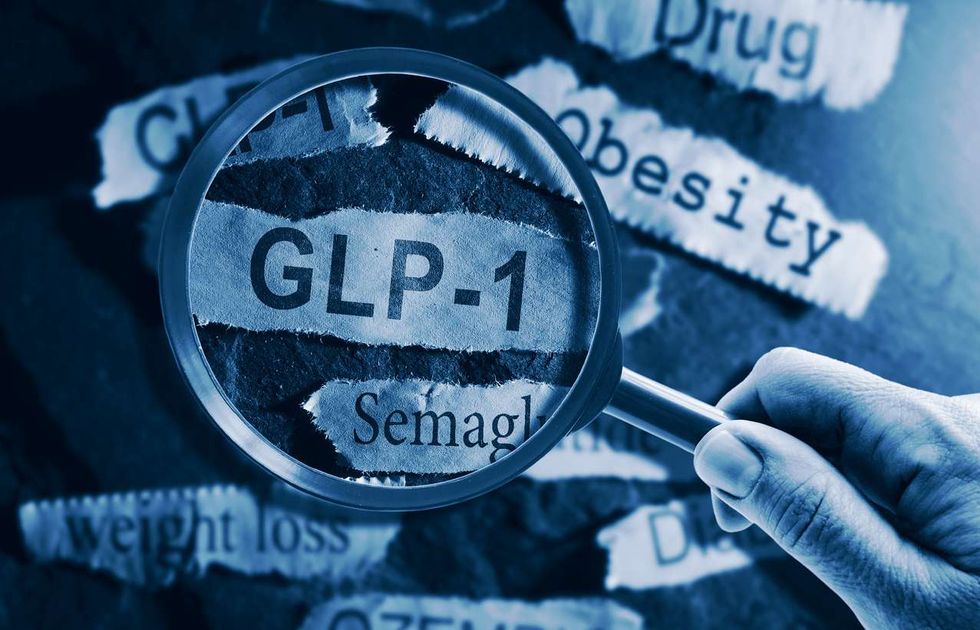 India gets Ozempic as obesity and diabetes numbers riseiStock
India gets Ozempic as obesity and diabetes numbers riseiStock  Doctors say Ozempic helps blood sugar and weight management in adultsiStock
Doctors say Ozempic helps blood sugar and weight management in adultsiStock
